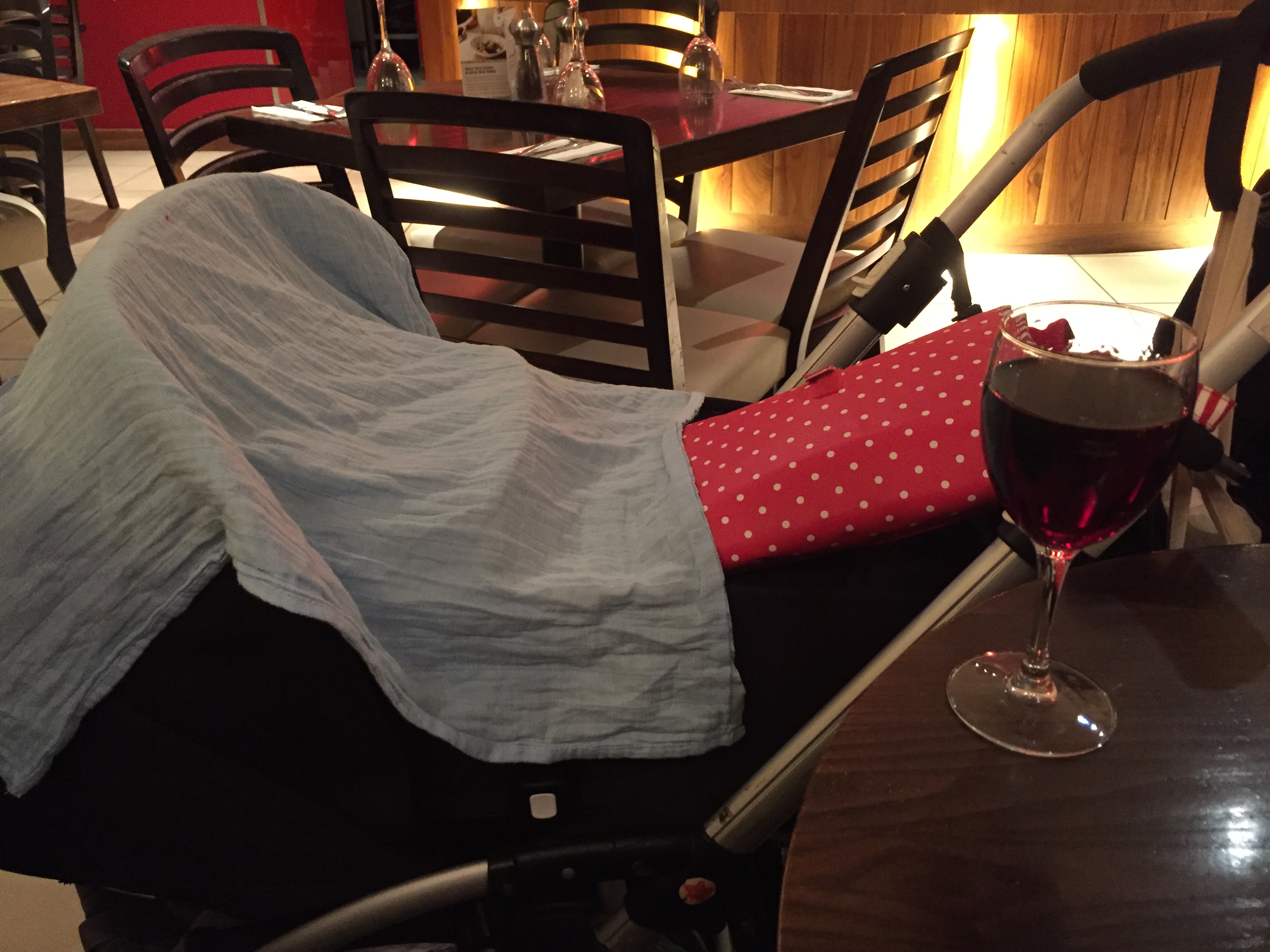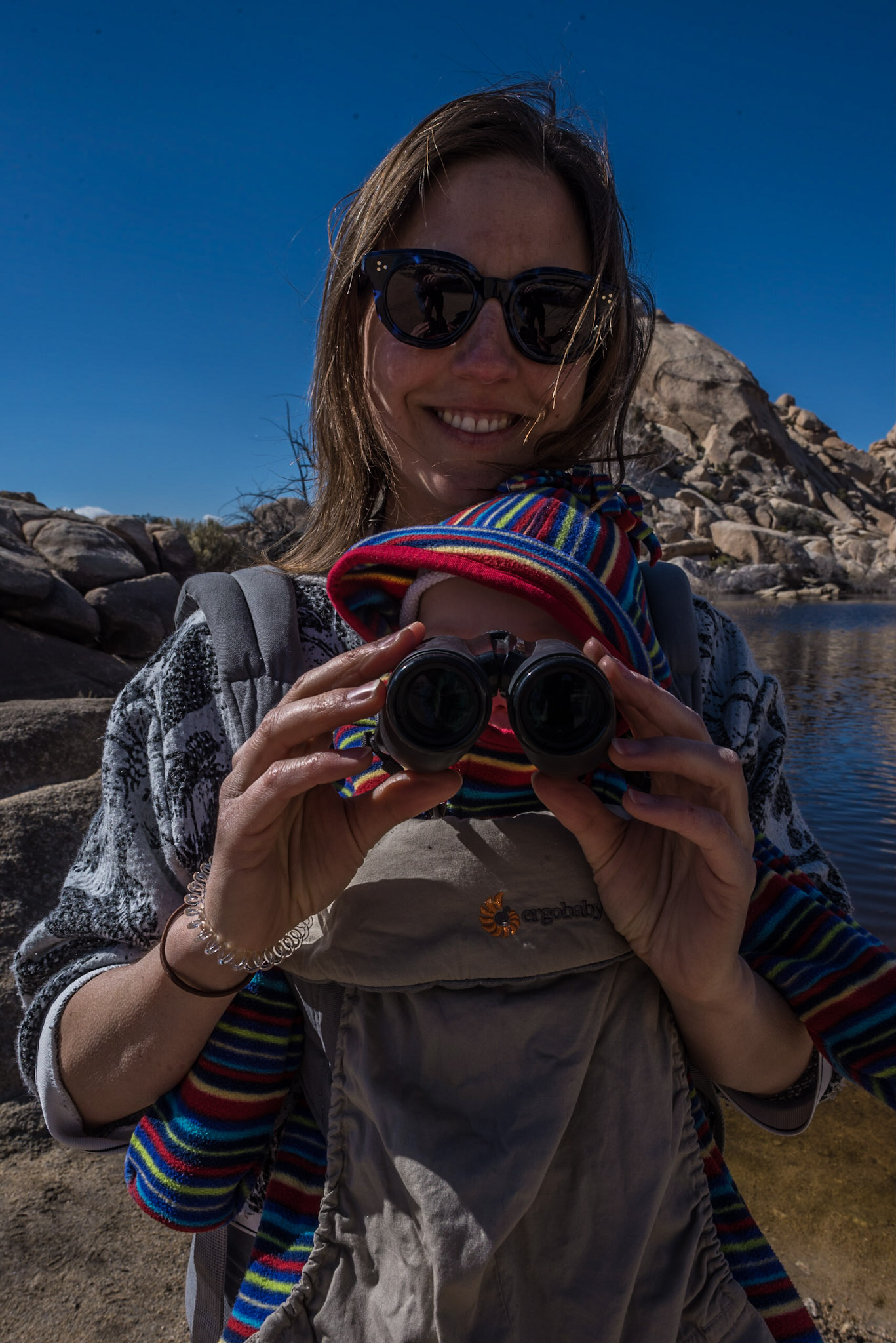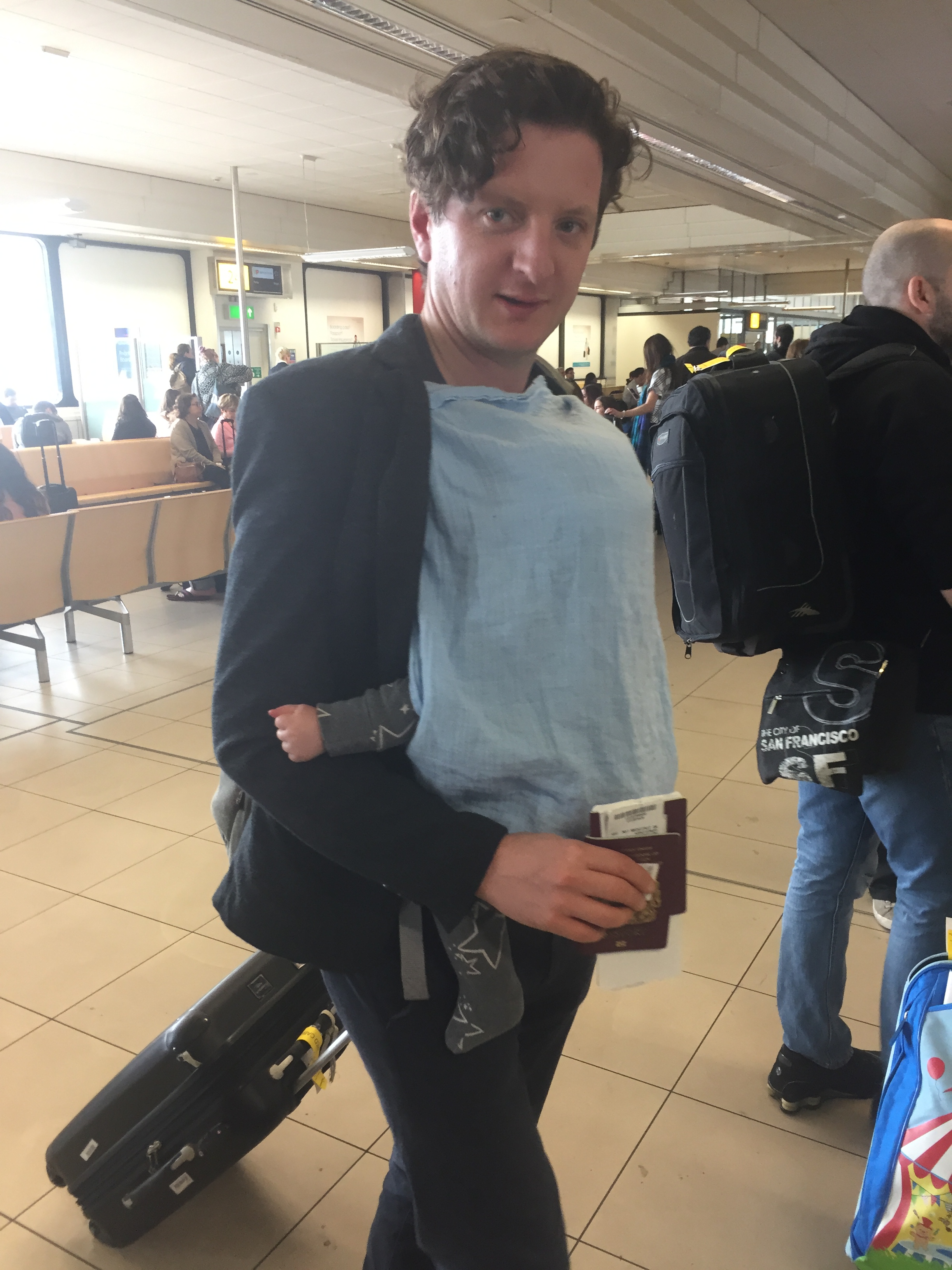I’m very much a fair weather walker. Various members of my family will happily set off up a hill in driving rain, but if there’s not at least a reasonable chance of it clearing up in the foreseeable future, count me out. I like hiking, but being soaked to the skin on a cloudy mountaintop just isn’t my idea of fun. I tell you this to make it clear that hiking with a baby isn’t just the preserve of hardcore walkers. If you enjoyed the occasional hike before your baby arrived, don’t be afraid to give it a go now that she’s here; as with all things baby-related, it’s just a matter of being prepared.
Slings and backpack carriers

An all-terrain buggy will serve you well if you’re hiking with a baby in relatively flat countryside, but this post is really about the sorts of outdoor excursions that you wouldn’t attempt with a pushchair. For those, you’ll need a sling or baby carrier backpack. Which you choose depends on the age of your child, the type and duration of your walk and who’s doing the carrying. Don’t attempt a hike without some means of transporting your child, even if your toddler is a very confident walker; it’s highly unlikely she’ll be up for toddling along beside you for more than a few minutes and you’ll spend the rest of the walk carrying her in your arms.
We only started hiking with the baby girl when she was 10 months old, by which time she was big enough to fit into a backpack carrier. There are lots of different types available, but ours (which we picked up cheap in a charity shop) does up around the waist so there’s less pressure on the wearer’s shoulders, has lots of space for stowing all your other baby kit (of which more later) and a frame that means it stands up by itself, making loading and unloading the baby girl much easier.
The only trouble is that all of those useful features add weight and bulk – I’m fairly slim and only 164cm (5’ 4”) tall, and the carrier plus an increasingly heavy baby girl is too much for me. So my partner uses the backpack carrier and I use the lightweight sling, ideally with someone else carrying the rest of the baby gear (more on how brilliant slings are in this recent post). If it were just me, lugging the baby girl and all of both our stuff, I wouldn’t attempt a walk longer than an hour or so.
What to pack for hiking with a baby

Whatever set up you opt for, you want to keep additional weight to a minimum, while ensuring you’re prepared for all eventualities. Take the lightest possible changing mat, a couple of nappies and a few wipes in a ziplock bag rather than your usual nappy change wallet. Spare clothes (including a hat) are essential, especially if your child is in a backpack carrier – you’ll warm up quickly as you walk, but your baby will be sitting still, exposed to the elements.
We eschew trousers and socks in favour of pyjamas with feet to stop the baby girl getting cold legs when her trousers inevitably ride up. Waterproof trousers to go over the top are a good idea if you’re walking anywhere with the possibility of rain. It might sound like overkill but for hikes in locations where the weather can quickly take a turn for the worse, it can’t hurt to bring a lightweight storm shelter.
Parents of rolling or crawling babies should consider packing a mat or blanket; breastfeeding mothers will appreciate having somewhere dry to sit too. If you’re bottle-feeding, ready-to-drink formula is much more convenient on the move than making it up from powder. Finally, keep a ready supply of snacks in your pockets that you can produce with a flourish as a solution to sudden onset baby crankiness – you’ll all have a much nicer time.
Route planning for hiking with a baby
Don’t be too ambitious when it comes to route planning for hiking with a baby, even if you’re an experienced walker. A hike that might have taken a couple of hours baby-free can easily become the work of an entire afternoon once you’ve factored in pauses for snacks; bottle or breastfeeding; giving parental shoulders a break; and pointing and laughing at sheep. Remember, too, that there’s no shame in cutting a walk short if things aren’t working out as planned.




